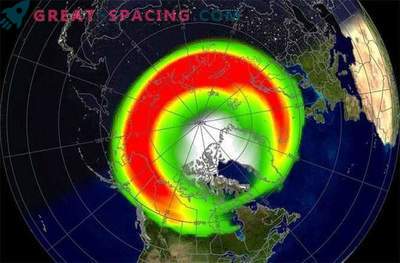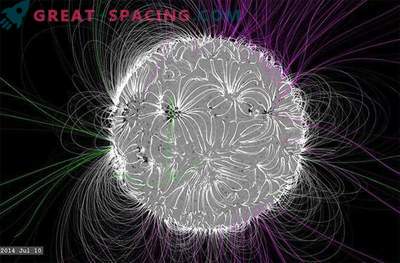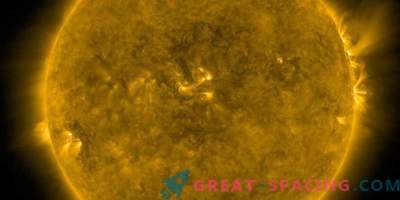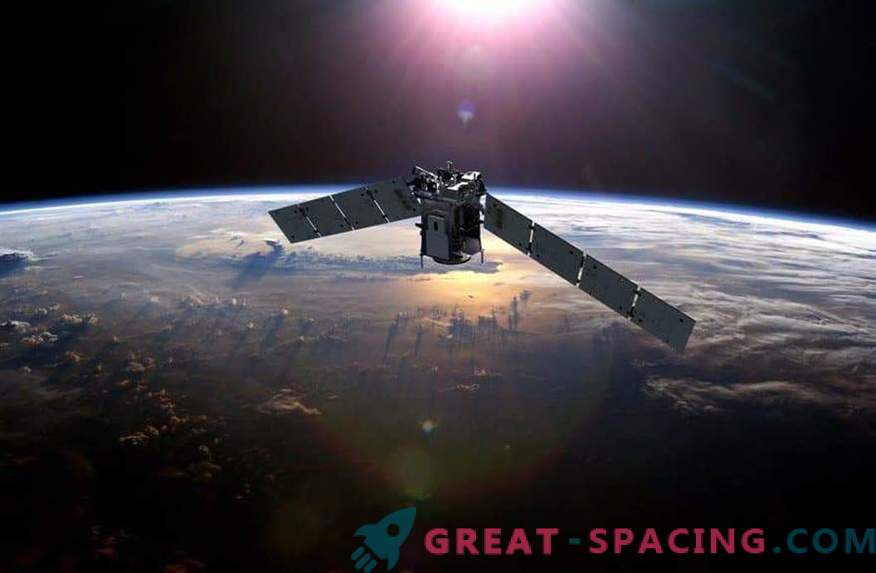
Researchers propose a new method for predicting the 11-year solar cycle. The results obtained can explain the formation of magnetic fields on the star. This is important because they affect the health and functionality of ground-based appliances.
Since the invention of the telescope, many scientists began to notice the presence of spots on the solar disk. But after Galileo, another 250 years passed before the existence of the 11-year cycle became clear. This periodicity was accidentally noticed by the German chemist Henry Schwabe in the 19th century. He adored astronomy and in his amateur telescope he wanted to find a small planet, like Mercury. He failed to do this, but he noticed cycles in solar activity.
Now such observations are recorded twice a day throughout the year by observatories around the world. And the prediction of the 11-year cycle played an important role in the history of human space activity and even life on Earth.
The idea of space weather at the beginning of the 20th century was suggested by Alexander Chizhevsky. He suggested that the solar wind constantly flows out of the corona (atmosphere). This is a stream of charged particles directed to the Earth and other planets in the system. It transfers solar energy by stretching the star magnetic field in space. Due to the rotation of the sun, the magnetic field turns into wavy spirals enveloping cosmic objects.
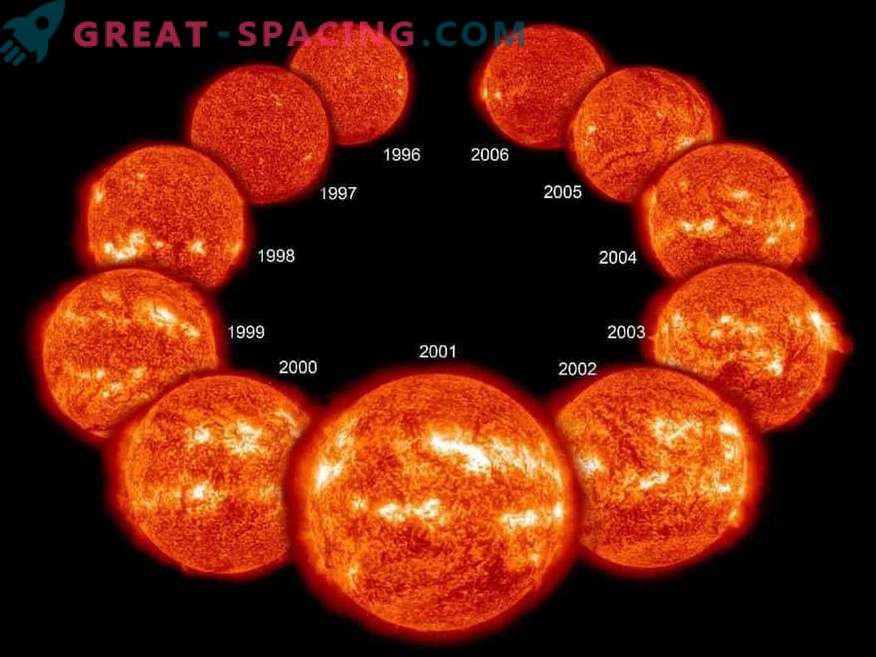
The sequence begins with a minimum of solar activity in 1996, demonstrates a progression to a maximum in 2001, and returns to a minimum in 2006
People have to regularly reckon with solar activity. In the period of the most powerful events, the satellites have to be transferred to safe mode, otherwise damage cannot be ruled out. Space weather also threatens the life of astronauts in space, forced to face the risk of radiation sickness. Increasing the dose of radiation for pilots and passengers of airlines.
The cycle begins with the birth of sunspots at the poles. As they develop, their number increases, and they move to the equator. In moments of calm, the magnetic field resembles an ordinary magnet with circular lines and two poles. The equator rotates faster than the poles, so the magnetic field is activated in the form of filaments. At the peak, the global magnetic field turns into a bunch of local loops.
They can be released in the form of flares or coronal mass and reach the Earth. Peak is the most dangerous state, since galactic cosmic rays are being squeezed out of the system, affecting technological devices. Every 11 years, the poles change places. This is a complex process and it is not fully understood. Most of all questions are the solar dynamo. Each cycle is assigned a number. For example, now we are approaching the 24th. The goal of scientists is to predict the power of the 25th cycle as early as possible. For this, a new method for creating a forecast was developed. It is based on the strength of the peak of today's cycle. That is, as soon as the pole exchange occurs, scientists will fix the power and be able to predict the power of the next.
Analysis shows that sudden changes in activity during the decline phase are associated with a slowdown in the decline of sunspots, which may hint at large amplitudes in the next cycle. Many believe that future solar activity will be low.



